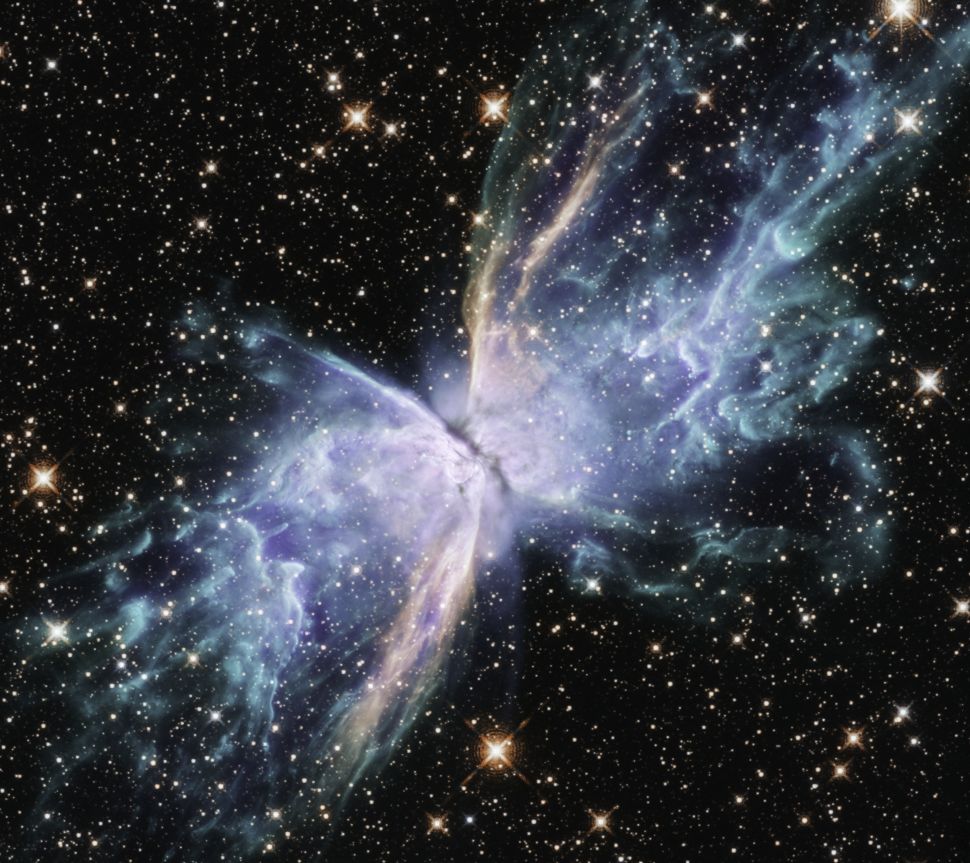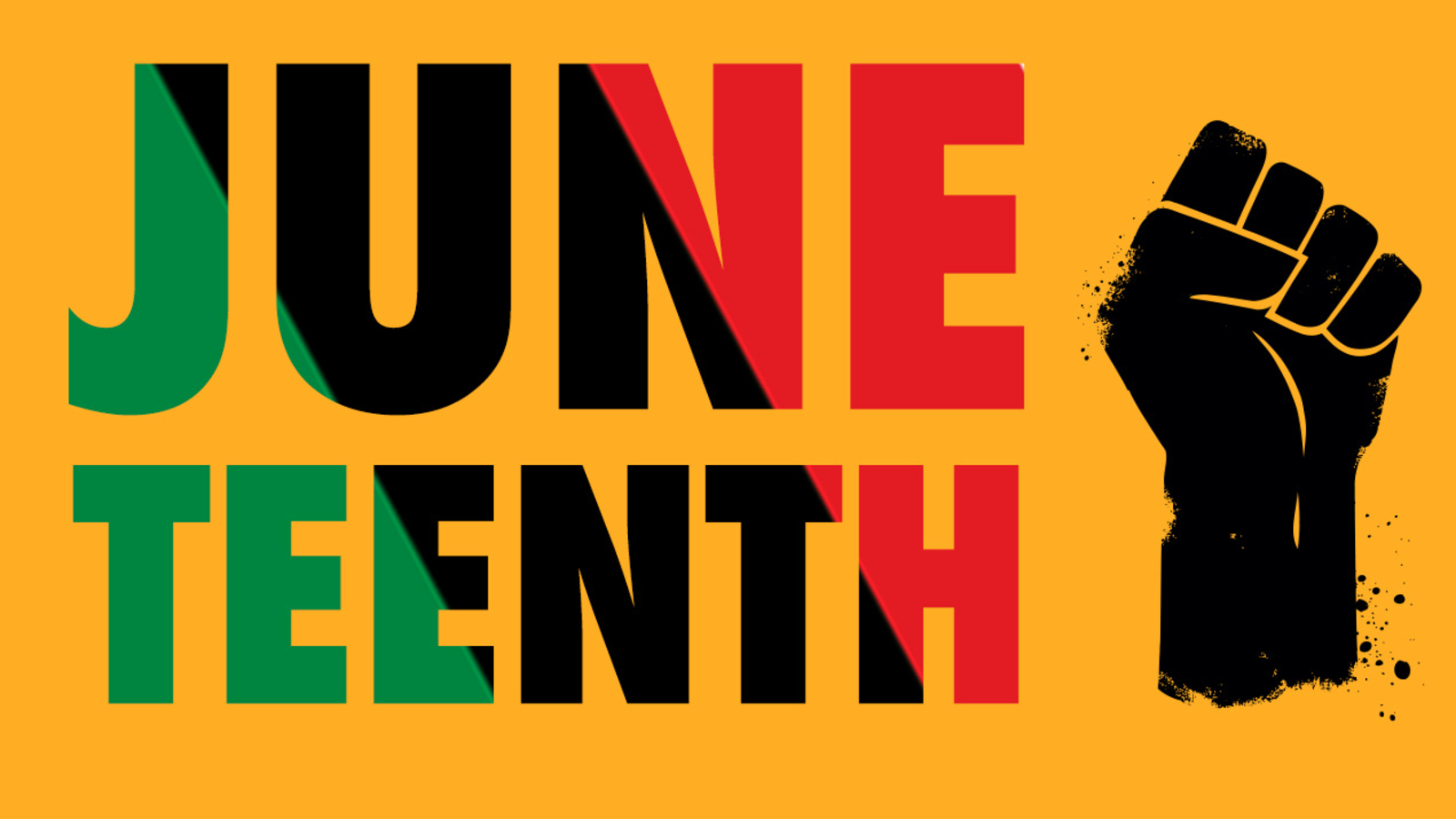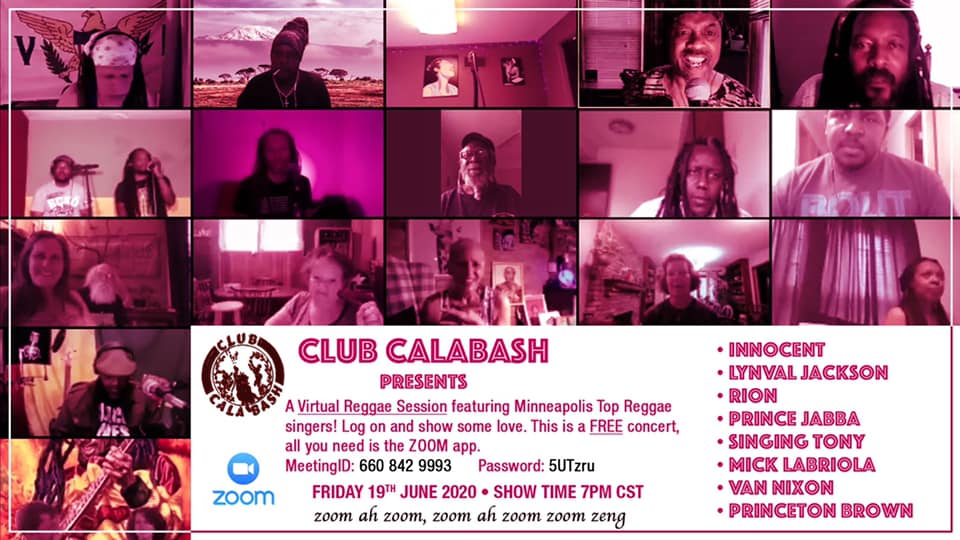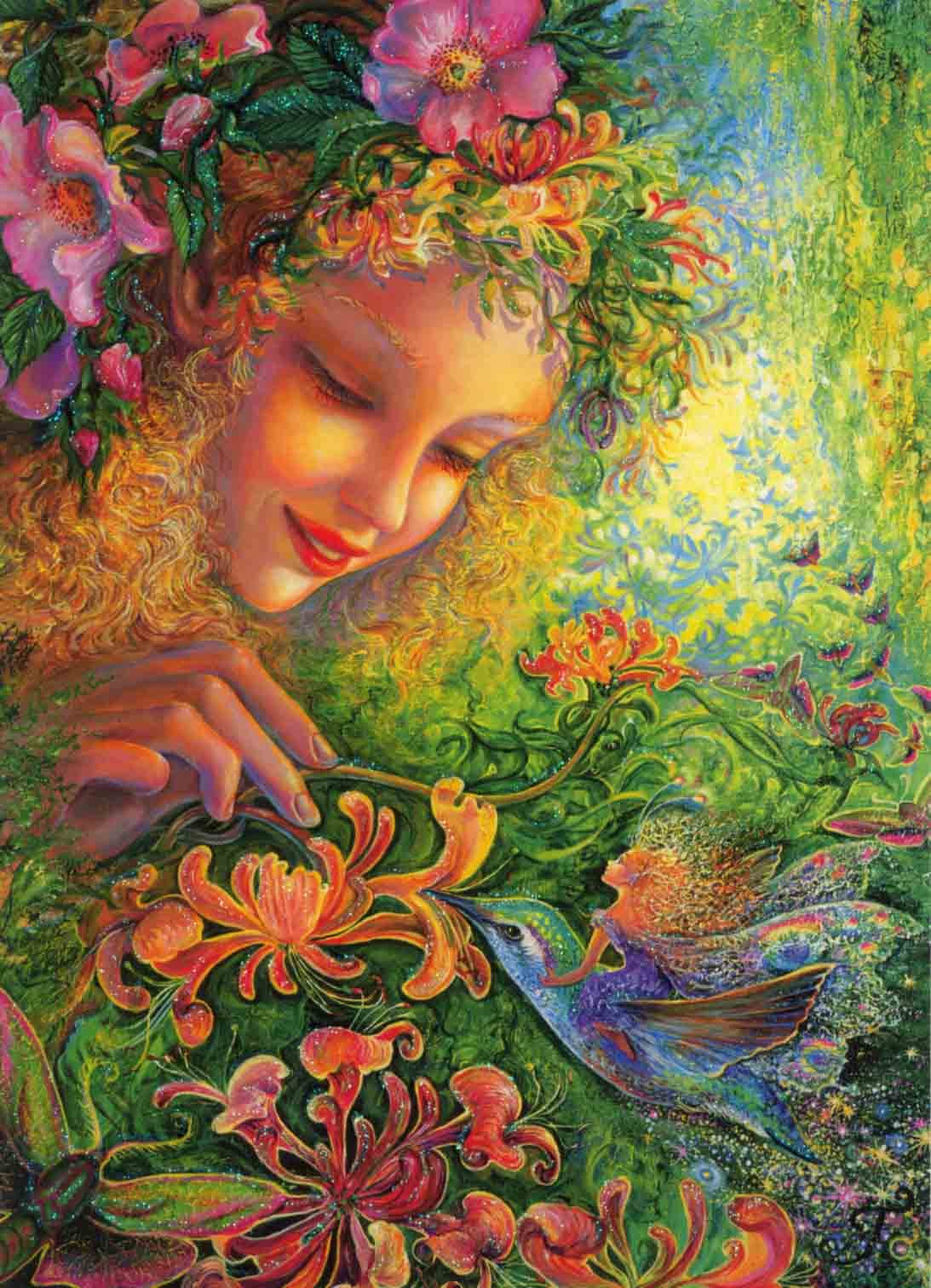Blog
The Butterfly Nebula, also known as NGC 6302, is depicted here in a brilliant image taken by the NASA/ESA Hubble Space Telescope. This nebula lies about 3,800 light-years away from planet Earth in the constellation Scorpius. The striking butterfly shape of the nebula stretches out an incredible distance, over two light-years.

Mickie Most (20 June 1938 – 30 May 2003) was an English record producer behind scores of hit singles for acts such as the Animals, Herman’s Hermits, the Nashville Teens, Donovan, Lulu, Suzi Quatro, Hot Chocolate, Arrows, Racey, and the Jeff Beck Group, often issued on his own RAK Records label.
Most was born as Michael Peter Hayes in Aldershot, Hampshire, England. The son of a regimental sergeant-major, he moved with his parents to Harrow in 1951. He was influenced by skiffle and early rock and roll in his youth. Leaving school at 15, he worked as a singing waiter at London’s The 2i’s Coffee Bar where he made friends with future business partner Peter Grant, and formed a singing duo with Alex Wharton (aka Alex Murray) who billed themselves as the Most Brothers. They recorded the single “Takes A Whole Lotta Loving to Keep My Baby Happy” with Decca Records before disbanding. Wharton later went on to produce the Moody Blues single “Go Now“. After changing his name to Mickie Most in 1959, he travelled to South Africa with his wife Christina, and formed a pop group, Mickie Most and the Playboys. The band scored 11 consecutive No. 1 singles there, mostly with cover versions of Ray Peterson, Gene Vincent, Buddy Holly and Eddie Cochran songs. Returning to London in 1962, Most appeared on package tours as well as recording “Mister Porter”, a No. 45 hit in the UK Singles Chart in July 1963 and had moderate success with ‘The Feminine Look’ in 1963, this latter featuring Jimmy Page on lead guitar and heralding early British heavy rock.
more...Leslie Johnson[2][3] (June 20, 1933 – August 22, 2018), better known as Lazy Lester, was an American blues musician who sang and played the harmonica and guitar. His career spanned the 1950s to 2018.
Best known for regional hits recorded with Ernie Young’s Nashville-based Excello Records, Lester also contributed to songs recorded by other Excello artists, including Slim Harpo, Lightnin’ Slim, and Katie Webster. Cover versions of his songs have been recorded by (among others) the Kinks, the Flamin’ Groovies, Freddy Fender, Dwight Yoakam, Dave Edmunds, Raful Neal, Anson Funderburgh, and the Fabulous Thunderbirds. In the comeback stage of his career (since the late 1980s) he recorded new albums backed by Mike Buck, Sue Foley, Gene Taylor, Kenny Neal, Lucky Peterson, and Jimmie Vaughan.
Lester started playing the guitar around age 11 and began performing in his teens around Baton Rouge with Raful Neal, later cofounding the Rhythm Rockers. In the mid-1950s, Lester was on the margins of the Louisiana blues scene. According to Rolling Stone (February 23, 2006), Buddy Guy, before moving to Chicago, had played in Louisiana “with some of the old masters: Lightnin’ Hopkins, Lazy Lester, Slim Harpo.” When Guy left for Chicago, in 1957, Lester replaced him, on guitar, in a local band—even though Lester, at the time, did not own one.
more...Eric Allan Dolphy Jr. (June 20, 1928 – June 29, 1964) was an American jazz alto saxophonist, bass clarinetist and flautist. On a few occasions, he also played the clarinet and piccolo. Dolphy was one of several multi-instrumentalists to gain prominence around the time that he was active. His use of the bass clarinet helped to establish the instrument within jazz. Dolphy extended the vocabulary and boundaries of the alto saxophone, and was among the earliest significant jazz flute soloists.
His improvisational style was characterized by the use of wide intervals, in addition to using an array of extended techniques to emulate the sounds of human voices and animals. Although Dolphy’s work is sometimes classified as free jazz, his compositions and solos were often rooted in conventional (if highly abstracted) tonal bebop harmony and melodic lines that suggest the influences of modern classical composers such as Béla Bartók and Igor Stravinsky[citation needed] as well as Arnold Schoenberg.
Dolphy was born and raised in Los Angeles, California, to Eric Allan Dolphy, Sr. and Sadie Dolphy, who immigrated to the United States from Panama. He picked up the clarinet at age six, and in less than a month was playing in the school’s orchestra. He also learned the oboe in junior high school, though he never recorded on the instrument. While still in junior high, he received a scholarship to study at the music school of University of Southern California, which was near where he and his parents lived. Hearing Fats Waller, Duke Ellington and Coleman Hawkins led him toward jazz, and he picked up the saxophone and flute while in high school.
more...Chester Burton Atkins (June 20, 1924 – June 30, 2001), known as “Mr. Guitar” and “The Country Gentleman”, was an American musician, occasional vocalist, songwriter, and record producer who, along with Owen Bradley, Bob Ferguson and others, created the country music style that came to be known as the Nashville sound, which expanded country music’s appeal to adult pop music fans. He was primarily known as a guitarist. He also played the mandolin, fiddle, banjo, and ukulele.
Atkins’s signature picking style was inspired by Merle Travis. Other major guitar influences were Django Reinhardt, George Barnes, Les Paul, and, later, Jerry Reed. His distinctive picking style and musicianship brought him admirers inside and outside the country scene, both in the United States and abroad. Atkins spent most of his career at RCA Victor and produced records for the Browns, Hank Snow, Porter Wagoner, Norma Jean, Dolly Parton, Dottie West, Perry Como, Floyd Cramer, Elvis Presley, the Everly Brothers, Eddy Arnold, Don Gibson, Jim Reeves, Jerry Reed, Skeeter Davis, Waylon Jennings, and many others.
Rolling Stone credited Atkins with inventing the “popwise ‘Nashville sound’ that rescued country music from a commercial slump,” and ranked him number 21 on their list of “The 100 Greatest Guitarists Of All Time.” Among many other honors, Atkins received 14 Grammy Awards and the Grammy Lifetime Achievement Award. He also received nine Country Music Association awards for Instrumentalist of the Year. He was inducted into the Rock & Roll Hall of Fame, the Country Music Hall of Fame and Museum, and the Musicians Hall of Fame and Museum. George Harrison was also inspired by Chet Atkins; early Beatles songs such as “All My Loving” show the influence.
Atkins was born on June 20, 1924, in Luttrell, Tennessee, near Clinch Mountain. His parents divorced when he was six years old, after which he was raised by his mother. He was the youngest of three boys and a girl. He started out on the ukulele, later moving on to the fiddle, but made a swap with his brother, Lowell, when he was nine: an old pistol and some chores for a guitar.
more...Juneteenth — also known as Freedom Day — has been a tradition in the United States for more than 150 years. The holiday finds its roots in Texas, where enslaved African-Americans in the city of Galveston were finally informed of their freedom on June 19, 1865, about two and half years after President Abraham Lincoln issued the Emancipation Proclamation on Jan. 1, 1863. Participation in Juneteenth celebrations grew throughout the years as descendants continued traditions in Texas and, as African-Americans in the South migrated across the country, Juneteenth celebrations began appearing in different cities.
There has been a surge of attention on the holiday in recent weeks, as the protest movement against police brutality and structural racism toward black Americans gains momentum. Gov. Andrew Cuomo of New York signed an executive order on Wednesday making Juneteenth a holiday for state employees, and companies from Twitter to Target to Nike are observing the day as a holiday or as a day of service. Forty-seven states and the District of Columbia officially commemorate or observe Juneteenth; Texas, which made it a state holiday in 1980, was first to do so.

more...
mick will be doing a Reggae version of a couple of Rolling Stones tunes for this virtual reggae event!

Big, beautiful spiral galaxy NGC 7331 is often touted as an analog to our own Milky Way. About 50 million light-years distant in the northern constellation Pegasus, NGC 7331 was recognized early on as a spiral nebula and is actually one of the brighter galaxies not included in Charles Messier’s famous 18th century catalog. Since the galaxy’s disk is inclined to our line-of-sight, long telescopic exposures often result in an image that evokes a strong sense of depth. The effect is further enhanced in this sharp image by galaxies that lie beyond the gorgeous island universe. The background galaxies are about one tenth the apparent size of NGC 7331 and so lie roughly ten times farther away. Their close alignment on the sky with NGC 7331 occurs just by chance. Seen here through faint foreground dust clouds lingering above the plane of Milky Way, this visual grouping of galaxies is also known as the Deer Lick Group.

Willis Robert “Billy” Drummond Jr. (born June 19, 1959) is an American jazz drummer.
Billy Drummond was born in Newport News, West Virginia, where he grew up listening to the extensive jazz record collection of his father, an amateur drummer and jazz enthusiast. He started playing the drums at four and was performing locally in his own band by the age of eight, and playing music with other kids in the neighborhood, including childhood friends, Roy Wooten, Reggie Wooten and Victor Wooten,[1] who lived a few doors away and through whom he met Consuela Lee Moorehead, composer, arranger, music theory professor, and the founder of the Springtree/Snow Hill Institute for the Performing Arts. He attended Shenandoah College and Conservatory of Music on a Classical Percussion scholarship and, upon leaving school, became a member of a local Top 40 band called The Squares with bass phenom Oteil Burbridge.
In 1986, encouraged by Al Foster, who had invited him to sit in at the Village Vanguard and advised him to take the next step, he moved to New York and almost immediately joined the band, Out of the Blue, with whom he recorded their last album, Spiral Staircase (Blue Note Records). A year later, he joined the Horace Silver sextet, touring extensively with him before becoming a member of Sonny Rollins‘s band, with whom he toured for three years. During this period he also formed long-term musical associations with Joe Henderson, Bobby Hutcherson, Buster Williams, James Moody, JJ Johnson, Andrew Hill, and others.
https://www.youtube.com/watch?v=cNk47u86lNU
more...Robert Allen Palmer (19 January 1949 – 26 September 2003) was an English singer-songwriter, musician and record producer. He was known for his powerful, distinctive, gritty and soulful voice, sartorial elegance and for combining soul, jazz, rock, pop, reggae and blues.
Palmer’s involvement in the music industry began in the 1960s, covered four decades and included a spell with the band Vinegar Joe. He found success both in his solo career and with the Power Station, and had Top 10 songs in both the United Kingdom and the United States in the 1980s. Three of his hit singles, “I Didn’t Mean to Turn You On“, “Addicted to Love” and “Simply Irresistible“, were accompanied with stylish music videos directed by British fashion photographer Terence Donovan.
Palmer received a number of awards throughout his career, including two Grammy Awards for Best Male Rock Vocal Performance, an MTV Video Music Award and two Brit Award nominations for Best British Male Solo Artist. He died aged 54, following a heart attack on 26 September 2003.
more...Ernest Ranglin OD (born 19 June 1932) is a Jamaican guitarist and composer who established his career while working as a session guitarist and music director for various Jamaican record labels including Studio One and Island Records. Ranglin played guitar on many early ska recordings and helped create the rhythmic guitar style that defined the form. Ranglin has worked with Theophilus Beckford, Jimmy Cliff, Monty Alexander, Prince Buster, the Skatalites, Bob Marley and the Eric Deans Orchestra. He is noted for a chordal and rhythmic approach that blends jazz, mento and reggaewith percussive guitar solos incorporating rhythm ‘n’ blues and jazz inflections.
Ernest Ranglin was born in Manchester, Jamaica. His family moved to Kingston, where he attended the Providence Primary School, Kingston Senior School and Bodin College. Ranglin’s introduction to music was through two uncles who both played guitar. Initially a self-taught guitarist; he received some tutoring on how to sight-read from a violin player named Tommy Tomlins. At the age of 15, Ranglin joined the Val Bennett Orchestra, which was followed by a period of employment with the Eric Deans Orchestra. While performing locally with these orchestras Ranglin was introduced to the jazz pianist Monty Alexander, which led to a lifelong friendship as well as numerous musical collaborations.
more...Lester Raymond Flatt (June 19, 1914 – May 11, 1979) was an American bluegrass guitarist and mandolinist, best known for his collaboration with banjo picker Earl Scruggs in The Foggy Mountain Boys (popularly known as “Flatt and Scruggs”).
Flatt’s career spanned multiple decades, breaking out as a member of Bill Monroe‘s band during the 1940s and including multiple solo and collaboration works exclusive of Scruggs. He first reached a mainstream audience through his performance on “The Ballad of Jed Clampett“, the theme for the network television series The Beverly Hillbillies, in the early 1960s.
Flatt was born in Duncan’s Chapel, Overton County, Tennessee, to Nannie Mae Haney and Isaac Columbus Flatt. In 1943, he played mandolin and sang tenor in The Kentucky Pardners, the band of Bill Monroe‘s older brother Charlie. He first came to prominence as a member of Bill Monroe‘s Blue Grass Boys in 1945 and played a thumb-and-index guitar style that was in part derived from the playing of Charlie Monroe and Clyde Moody. In 1948, he started a band with fellow Monroe alumnus Earl Scruggs, and for the next 20 years, Flatt and Scruggs and the Foggy Mountain Boys were one of the most successful bands in bluegrass. When they parted ways in 1969, Flatt formed a new group, the Nashville Grass, hiring many of the Foggy Mountain Boys. He continued to record and perform with that group until his death in 1979. His role as rhythm guitar player and singer in each of these seminal ensembles helped define the sound of traditional bluegrass music. His solid guitar playing and rich lead voice are unmistakable in hundreds of bluegrass standards.
https://www.youtube.com/watch?v=dUnK_3kAUYI
more...Tientos is a flamenco Andalusian palo which has a rhythm consisting of 4 beats. It is in the same family as the Tangos, but slower and with different topics, lyrics and mood. Every Tientos becomes a Tangos at the end of the song/dance.[1] Traditionally, cantaor El Marrurro (1848 -1906) has been considered one of the creators of this style. Enrique el Mellizo gave it the modern form by which we know it today. Other famous cantaores who interpreted this style were Antonio Chacón and Pastora Pavón.
Like many Cante Jondo, traditional Tientos lyrics (letras) tend to be pathetic, sentimental, and speak about the lack of love, disillusionment and revenge. Dancers strive to capture this mood in their solos. It can be danced by a man or a woman.
more...Sweet Honey in the Rock
more...More Posts
- Daily Roots Scientist
- WOODSTOCK 54th Anniversary
- Cosmos M57
- Nesbert “Stix” Hooper
- Oscar Peterson
- World Fusion Electric Sufi
- Daily Roots Big Joe
- Cosmos 2MASX J05101744-4519179
- David Crosby
- Ben Sidran
- Eddie Costa
- Stuff Smith
- World Fusion Zeki Çağlar Namlı Saz Band
- Daily Roots Phillis Dillon
- JEWBALAYA Lake Harriet Bandshell
- Cosmos M104
- Son Seals
- George Shearing
- Anna Mae Winburn
- “Big Chief” Russell Moore
